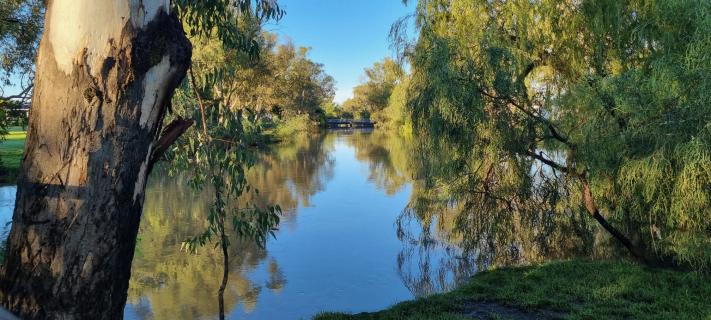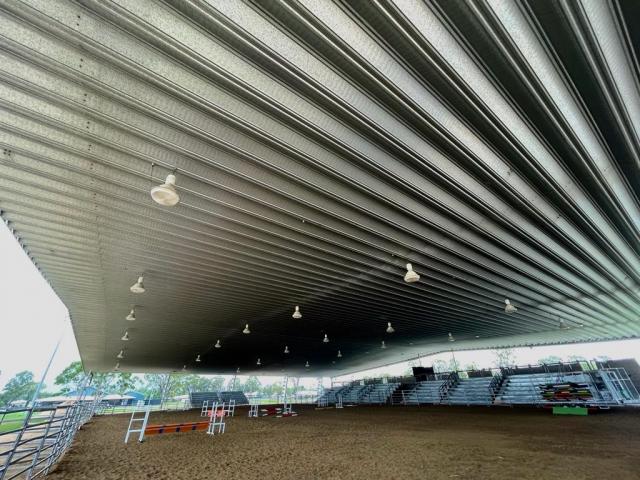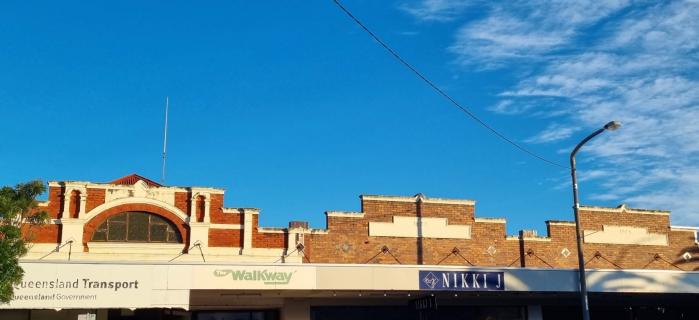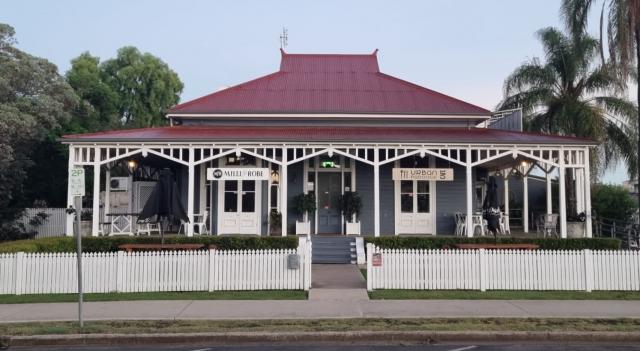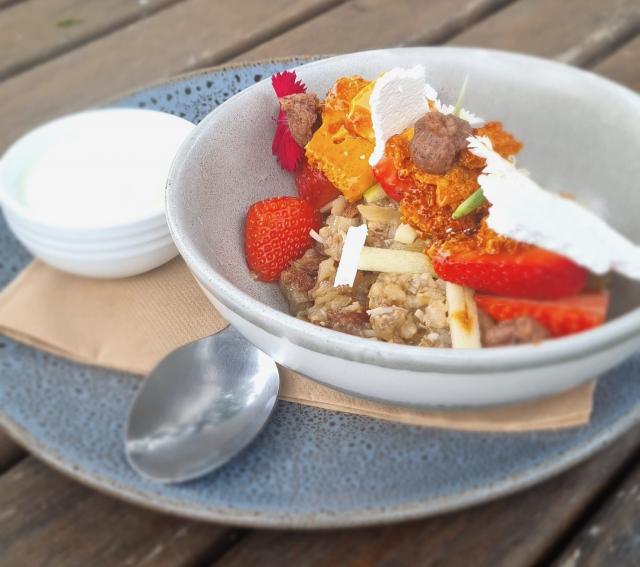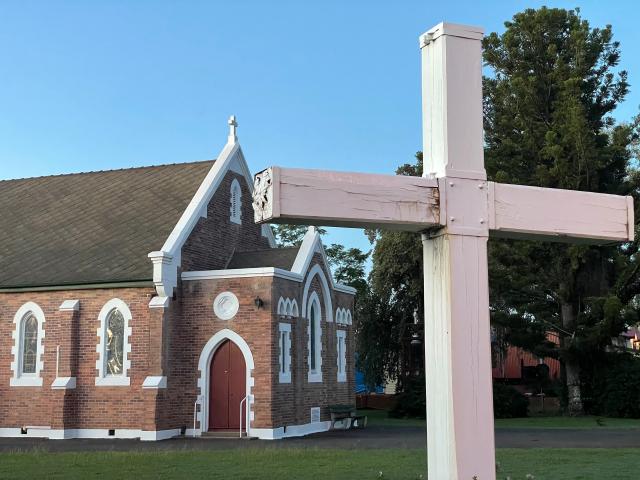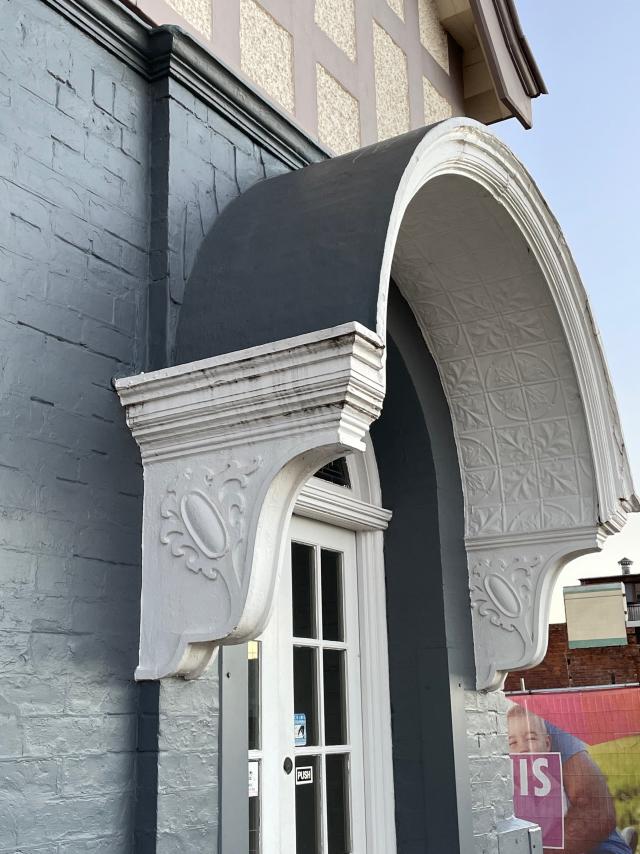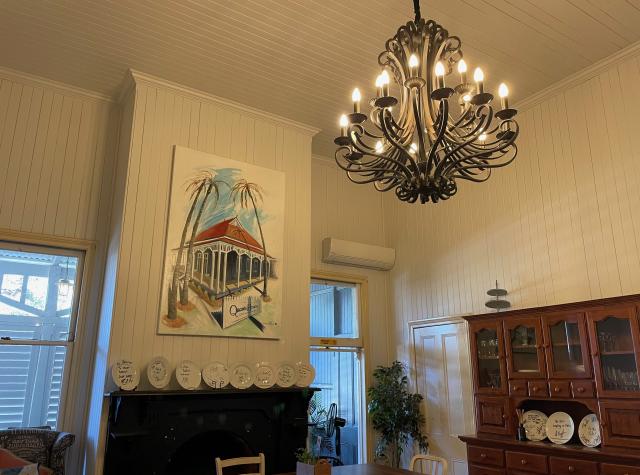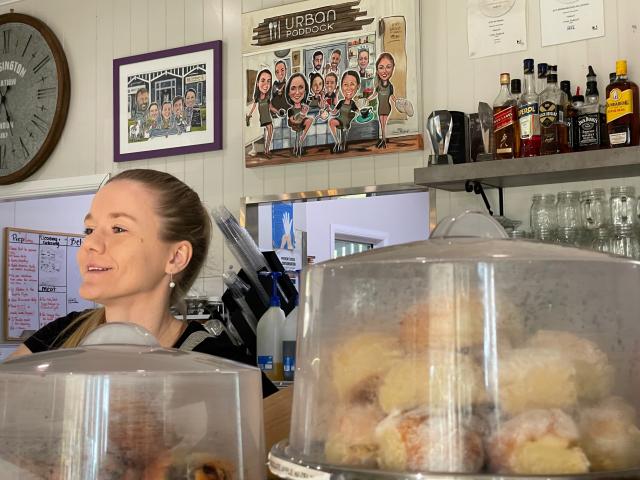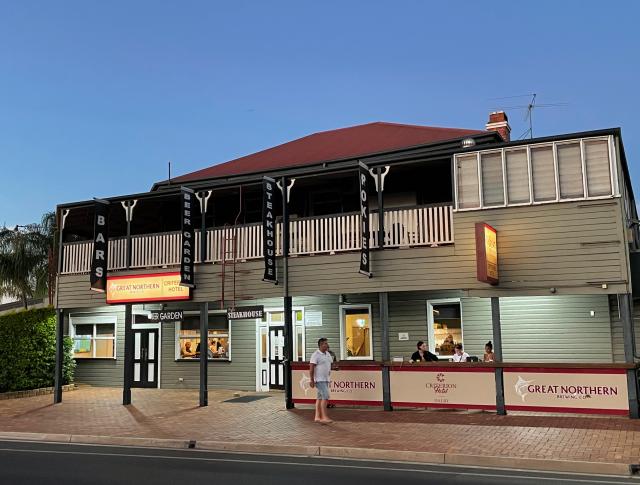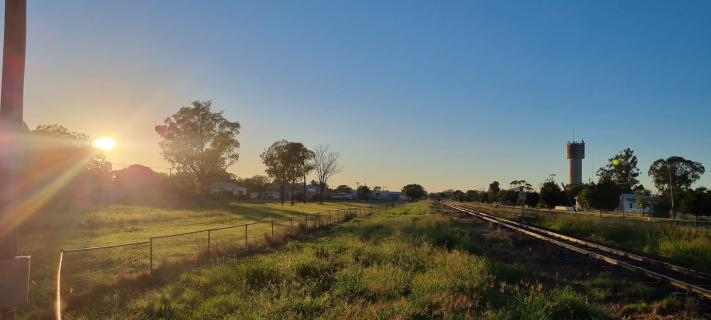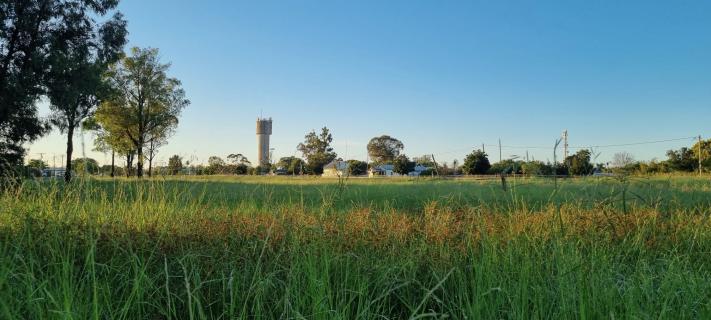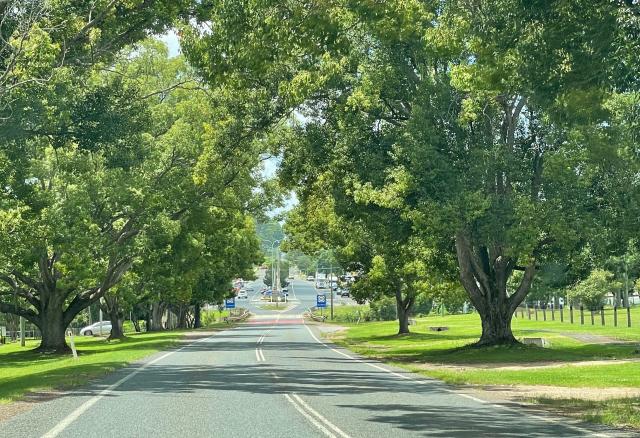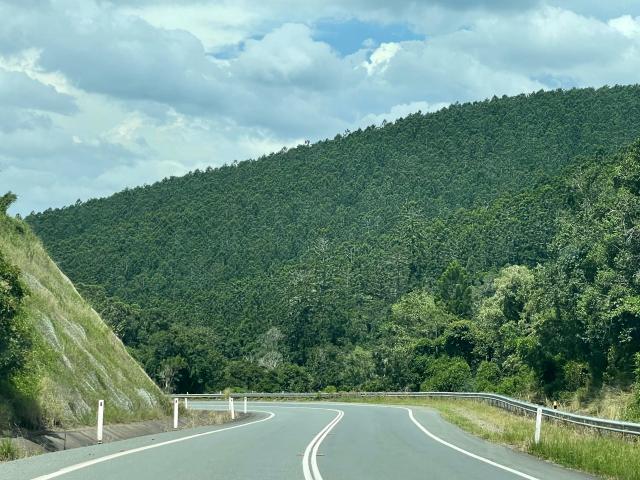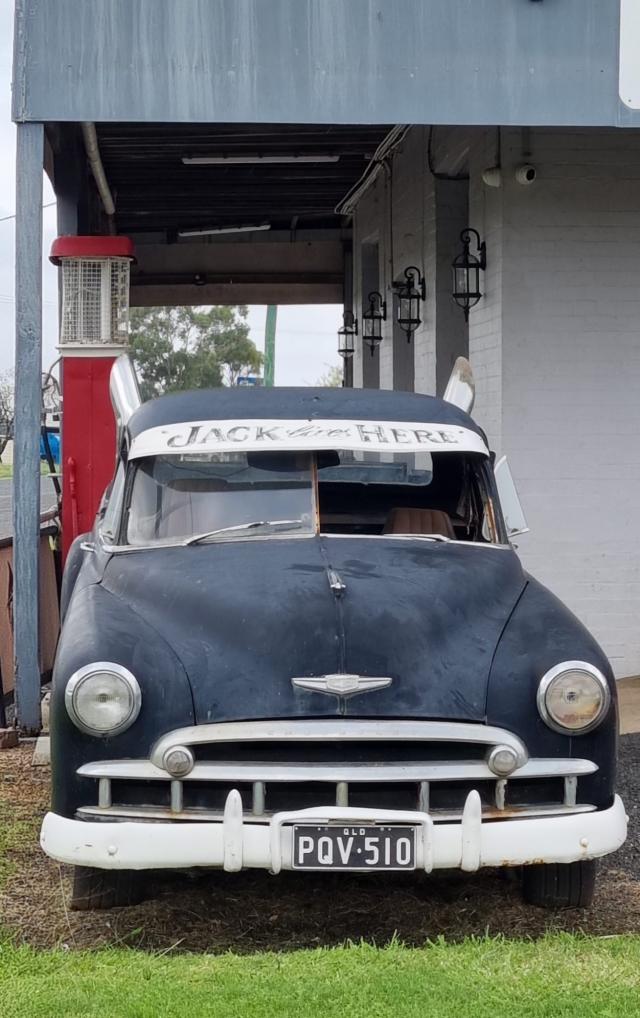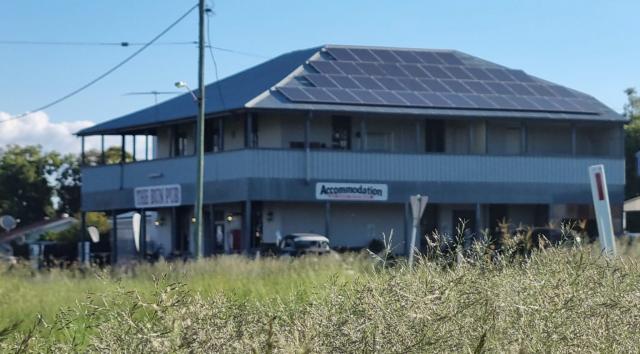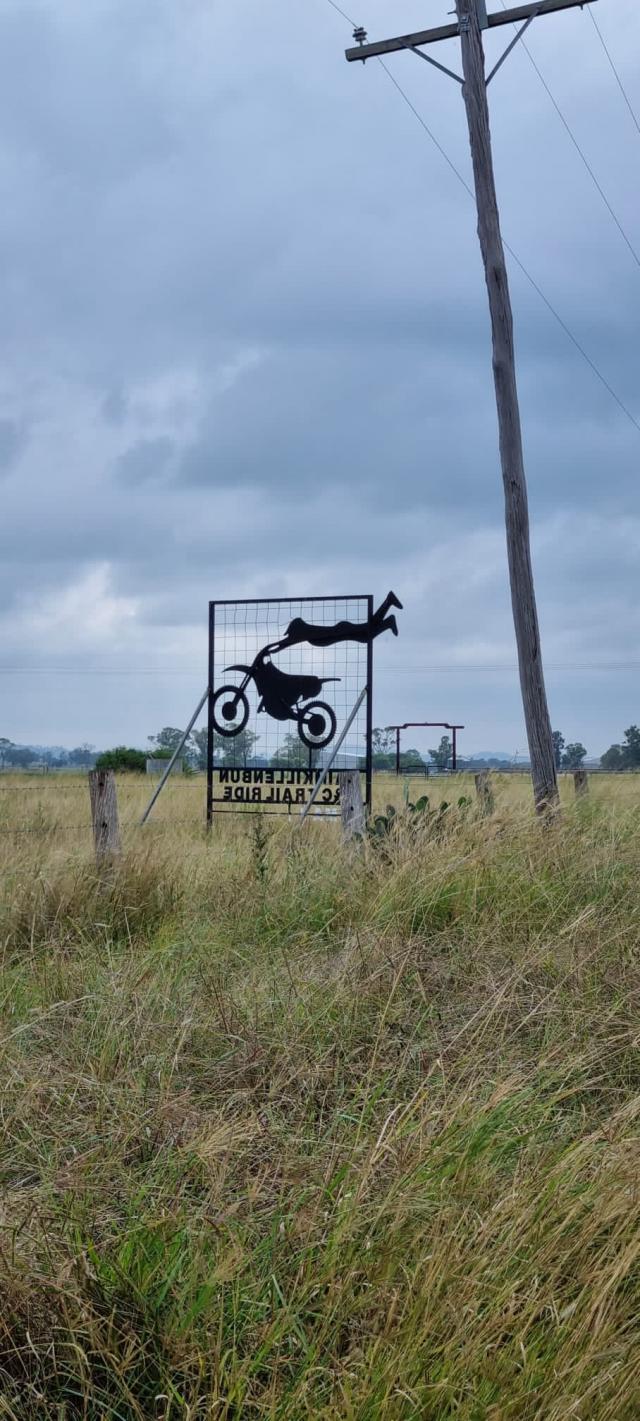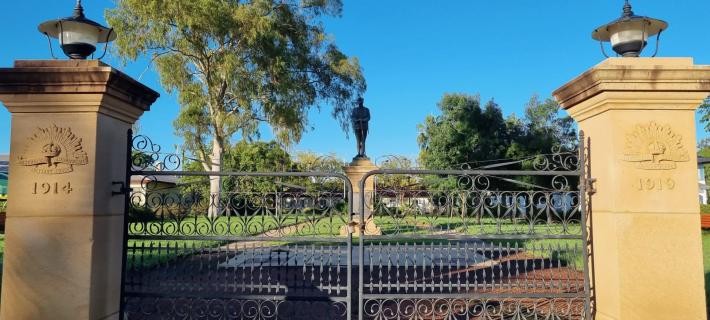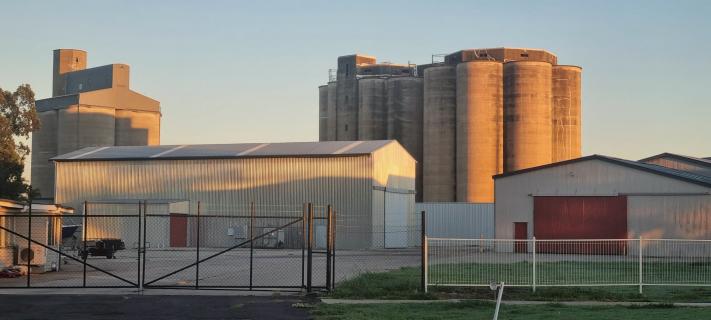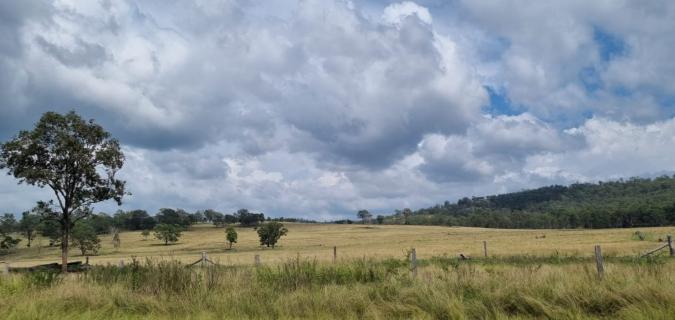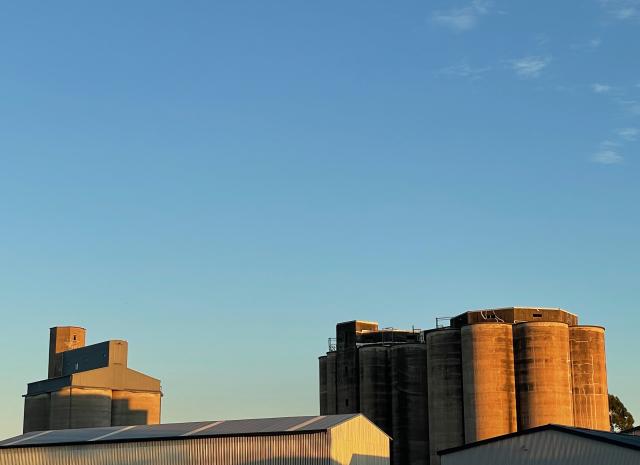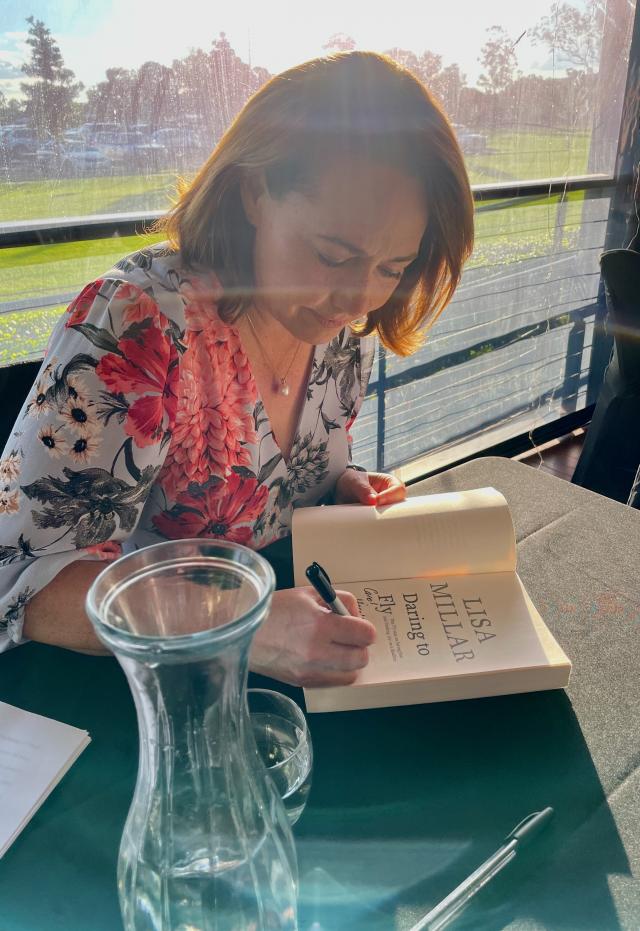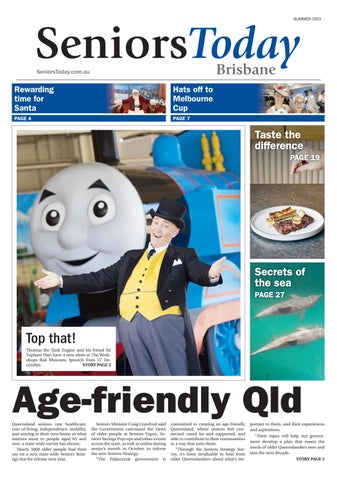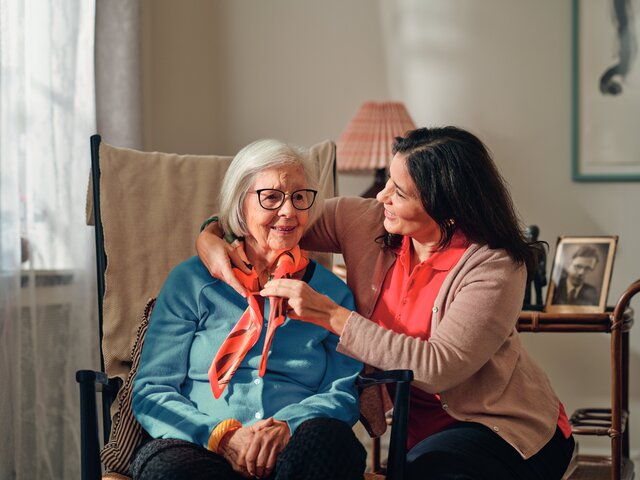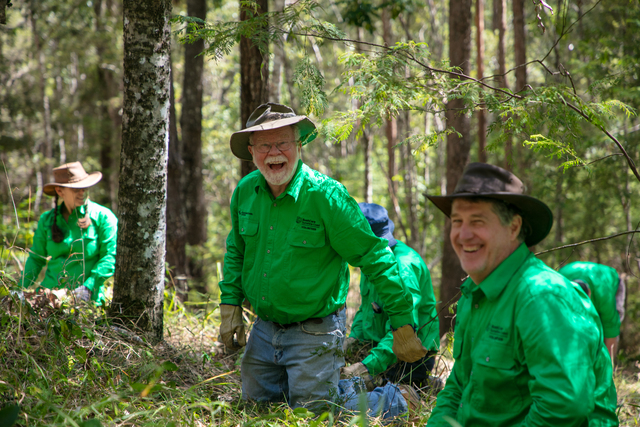“Don’t you think he looks like Jimmy Barnes?”
They weren’t the first words Marilyn said to us that night. But they were certainly the ones most on her mind.
To me, her partner Gary looked more like Aussie actor Chris Haywood. Maybe Steve Bisley.
“No,” Marilyn exclaimed. “Jimmy Barnes. Look at him.
“It’s why I love him.”
We were in the corner of the public bar of the Criterion Hotel in Dalby, a mid-sized town on the western side of the Darling Downs in Southern Queensland.
It’s neither here nor there … and that’s part of the charm about Dalby and the Western Downs region.
It’s at the heart of everything but with the wide-open feel of outback Australia.
About three hours drive from Brisbane, two hours from Toowoomba, and three hours from the Sunshine Coast, it is far enough for a holiday yet close enough to home for convenience.
At the northern end of the Darling Downs, it’s probably where Outback Queensland starts – where agriculture gives way to grazing.
It’s where commercial activity is interlinked with mining – particularly coal seam gas and open-cut coal.
The Myall Creek runs through the centre of town.
How would I describe the town?
Divided.
It took a few moments and wasn’t the answer I would have expected to give.
After all, I had only driven through it once before, on a road trip back from Darwin.
That was more than five years ago and I was pleased with the break after many miles travelling along the Warrego Highway.
The highway had for many years served country people – from the agricultural properties on the Darling Downs and the grazing land further out.
Yet now there were trucks associated with the mining industry … gas mainly but there is coal as well in the nearby area of Acland.
You sense some tension between the farmers and the miners – those who are cropping and those who are cattle people, and a fear their land will be ruined by the mining.
Dalby is often “that place along the way” while heading further west to places such as Miles and Chinchilla, Tambo, Blackall, Mitchell, Augathella or Muckadilla.
Yet it was our destination on a weekend this year for the Words Out West Readers and Writers Festival, held at the Dalby Entertainment Centre.
The weekend was a chance to enjoy country hospitality, wide open spaces and good conversations with some literary greats.
Among the guest speakers were author of The Book Thief Markus Zusak, prize-winning Australian novelist and journalist Matthew Condon, ABC Journalist Lisa Millar, and Sydney-based novelist Nicola Moriarty.
Then there was actor, radio presenter, voiceover artist and philanthropist Samuel Johnson – best known for his roles as Evan Wylde in the television series The Secret Life of Us.
The Dalby Events Centre, with its high ceilings and polished floorboards, created an open, light and inspiring atmosphere for the writers festival. But it was the organising team and volunteer support staff that made the difference – a reminder of outback Australian towns where everyone is welcomed.
Driving up from the Sunshine Coast there had been some delays due to roadworks after drenching rains, but going through Kilcoy and across the Brisbane River near Moore meant the start of our road trip.
Heading up the Blackbutt Range you glimpse postcards from the past with old farmhouses and then the stone buildings of an old staging post, where the horses of Cobb and Co were watered and the travellers rested and fed.
Through bunya pine forests the road twists and turns.
The town of Blackbutt has been beautifully done up in recent years and you cannot help but admire the avenue of trees to the west of the shopping centre.
At Nanango we take a break for a picnic lunch then turn to the south and head for Cooyar.
This township with a classic two-storey hotel on the corner probably marks the change from coastal to seriously country living.
It’s not not long after that you are rolling through the rich, fertile soil of the Darling Downs and small farming communities such as Maclagen.
They’ve risked becoming forgotten places along the way but are starting to experience a new lease of life, as city dwellers seek affordable living in a country landscape.
Then you reach Kaimkillenbun, at first glance it’s not much more than an abandoned railway line and grain silos, a state primary school and an engineering works that reflects the farming heritage of the area.
But what stands out is The Bun …. the local pub that serves as meeting place as well as watering hole, where piano and singing lessons are held along with Friday night raffles in the public bar.
There’s a classic car out front and rusting petrol pump but you sense there is good camaraderie inside.
Driving through the beautiful grain-growing fields, with the Bunya Mountains away to the north, you notice the way in which the powerlines are positioned at some almost impossible angles … to me it shows the absolute value of the soil. It’s so friable, which means the powerlines can’t get a decent foundation.
Like gnarled trees along the coastline, bent over by the constant winds.
On this journey there was still water over the roads in patches, a result of the rain events.
However, it was only a handful of years ago that the place had virtually been in drought.
Farmers ploughing the soil for spring planting raised great clouds of dust.
Yet this time it was different. It was earlier in the season and the crops had just been harvested.
Eventually you see them on the horizon – the water tower, the grain silos, the rows of trees standing out on the landscape.
Dalby is a mix of old and new, an historic past and a progressive future.
Walk down the main street and you quickly realise the legacy of the cattle and stock horse industry – the outfitters shops filled with boots, belts and hats of different shapes and sizes.
And you don’t want to mix them up – there are those favoured by drovers, by sheep farmers, by cattle people and horse riders.
The stock yards to the south west of town signal the importance of cattle to the area, with 200,000 cattle being marketed each year.
This is also the home of Australian stock horse sales, now in their 48th year, as well as eventing.
Dalby’s trying to present itself as an alternative to the city.
Talking with Trish and John, our hosts at The Drovers Inn, they tell us the region draws a variety of industry conferences including nursing, teaching, cattle, medical, engineers, and indigenous land rights.
It is government initiative that is bringing these events to the regions to give an economic boost and support the feasibility of the Western Downs region.
We talked about the fact you could walk past the fast food outlets and come across the Urban Paddock for breakfast.
Set in the charming Quambi House, it was the perfect idea of paddock-to-plate coffee shop/cafe with a country home-style feel … the wrap-around decks, decorated nooks and rooms, and wide-open back garden provide the perfect setting to enjoy the first-class locally sourced, fresh and well-presented food.
The cafe has a welcome and relaxing ambience – reminding one of days past when time taken to share a home-cooked meal or hot coffee were savoured.
The call of the west was also found at the hotels in and around town … the Criterion was our choice for dinner on the night.
The Cri. A two-storey Queenslander, not far from the banks of the Myall Creek. Timber floors, verandahs out the front, beer garden at the side and warm hospitality inside.
You could not fault the staff – very professional in their presentation and service.
We eased ourselves into a corner on one end of the public bar and started taking in the scene – a horseshoe-shaped counter and patrons of all shapes and sizes gathered around it – hats and caps, shirts and singlets, shorts and jeans, thongs and riding boots.
The beers were cold and soon we had another couple grabbing the stools beside us – Marilyn and Gary.
We decided to order a meal and because of the situation in Ukraine, I said my choice was going to be chicken Kyiv.
“No,” Marilyn cried out. “It has to be pork.”
The compromise was to search for pork on the menu and call it pork Kyiv.
From there the stories flowed – I think there was even singing and lines from well-known Australian poems because Gary had been on the stage at various times in his life.
We were reciting such works as The Man From Ironbark, and I’m sure there were bits of Mulga Bill’s Bicycle in there as well … about his wild ride down Dead Man’s Hill.
While eating the meal we were watching the television in the bar, and as well as live coverage of Test Cricket matches from India and Sri Lanka, there was a tribute to Australian wicket-keeper Rod Marsh – a legend behind the stumps.
“Iron Gloves” had just died after suffering heart problems, and it was sad to see the loss but also heartening to appreciate the legacy he left.
The walk home to the Drovers Arms motel was only short yet it seemed like a journey – a journey through time.
It probably was.
Mining trucks and stock transports rolled through town where drovers brought their flocks of sheep or herds of cattle along what would have been a stock route in years gone by.
Yet we woke to a new day and while about to jump in the shower I checked my phone.
“Guess what,” I said to my travelling companion, “you’ll never guess what else has happened.
“Shane Warne‘s dead.”
It was unbelievable – Australia’s greatest wicket-taker dead at 52.
Warne was a great slow bowler – leg breaks.
And a celebrity. He was bigger than the game itself … almost.
This was unheard of – two of cricket’s greats going in such quick succession.
And that set up our weekend in Dalby … expect the unexpected.

